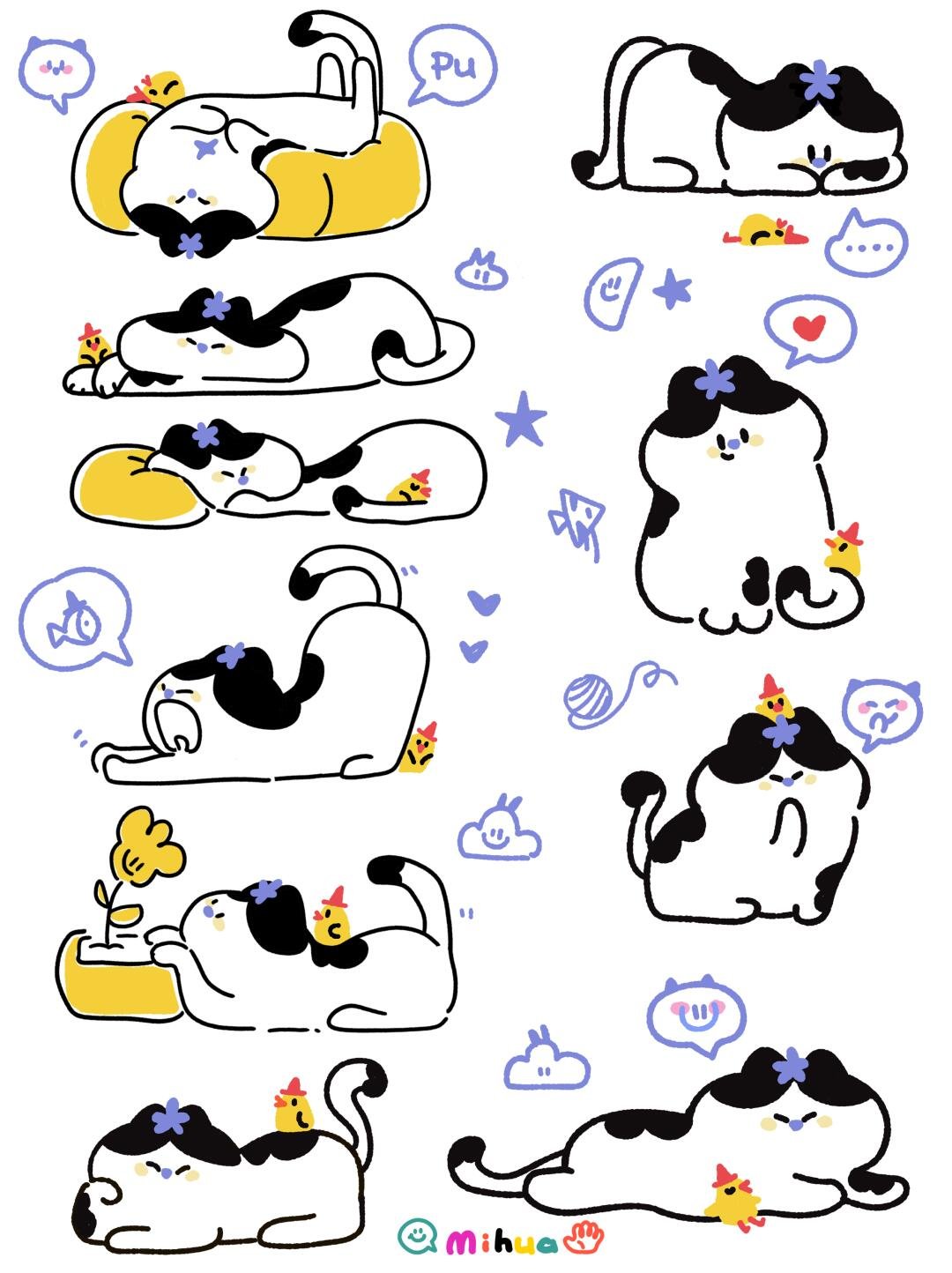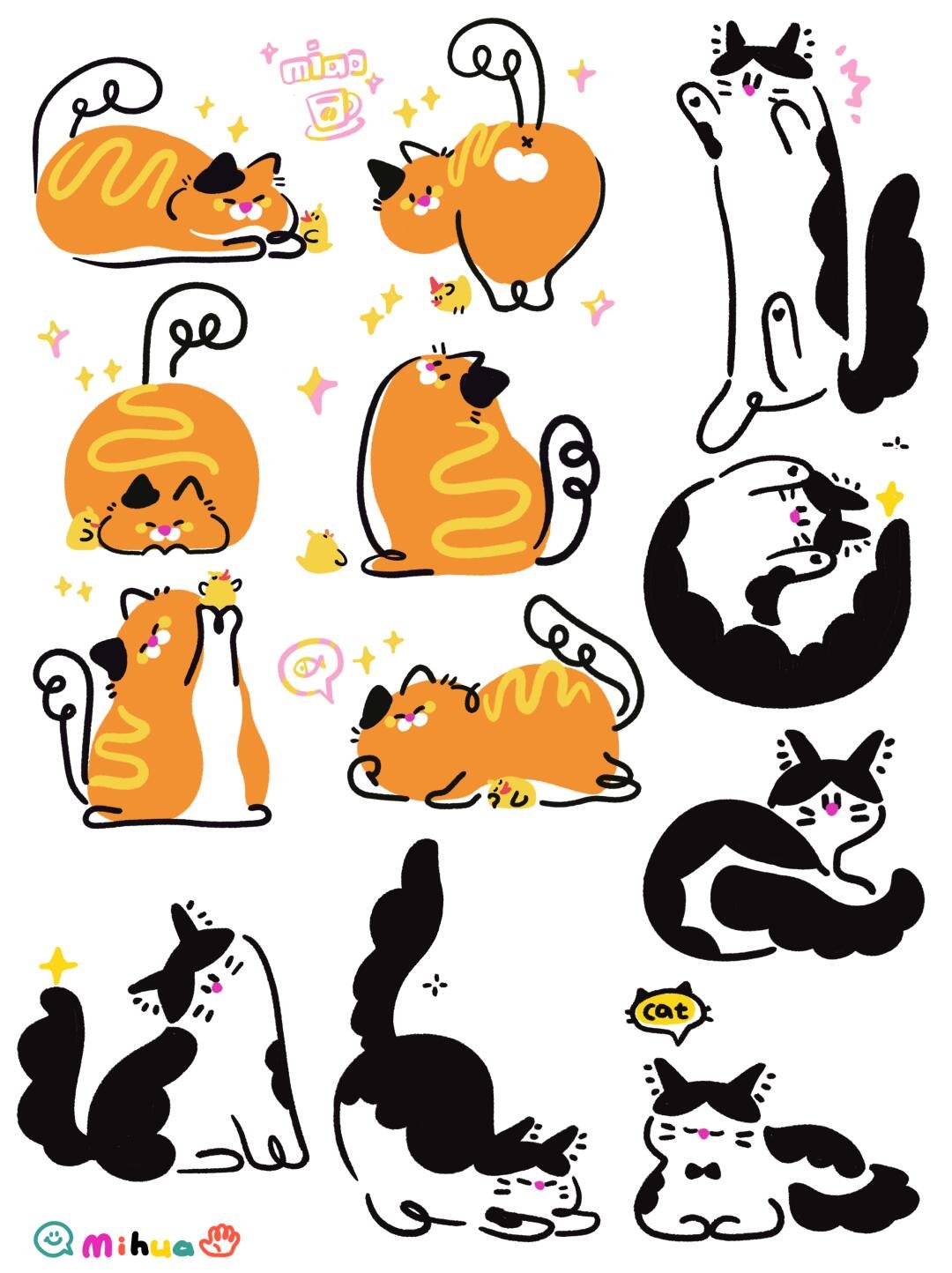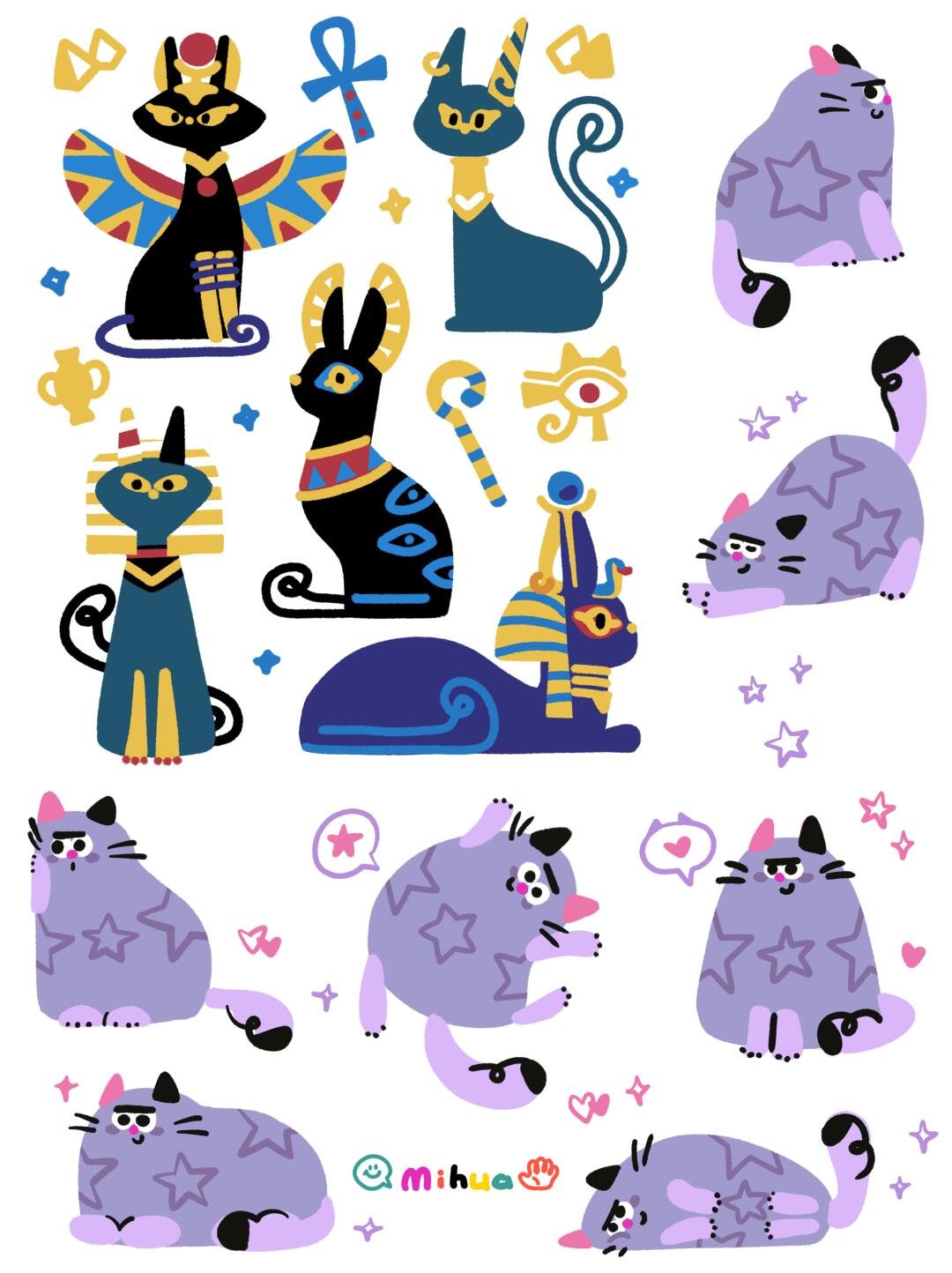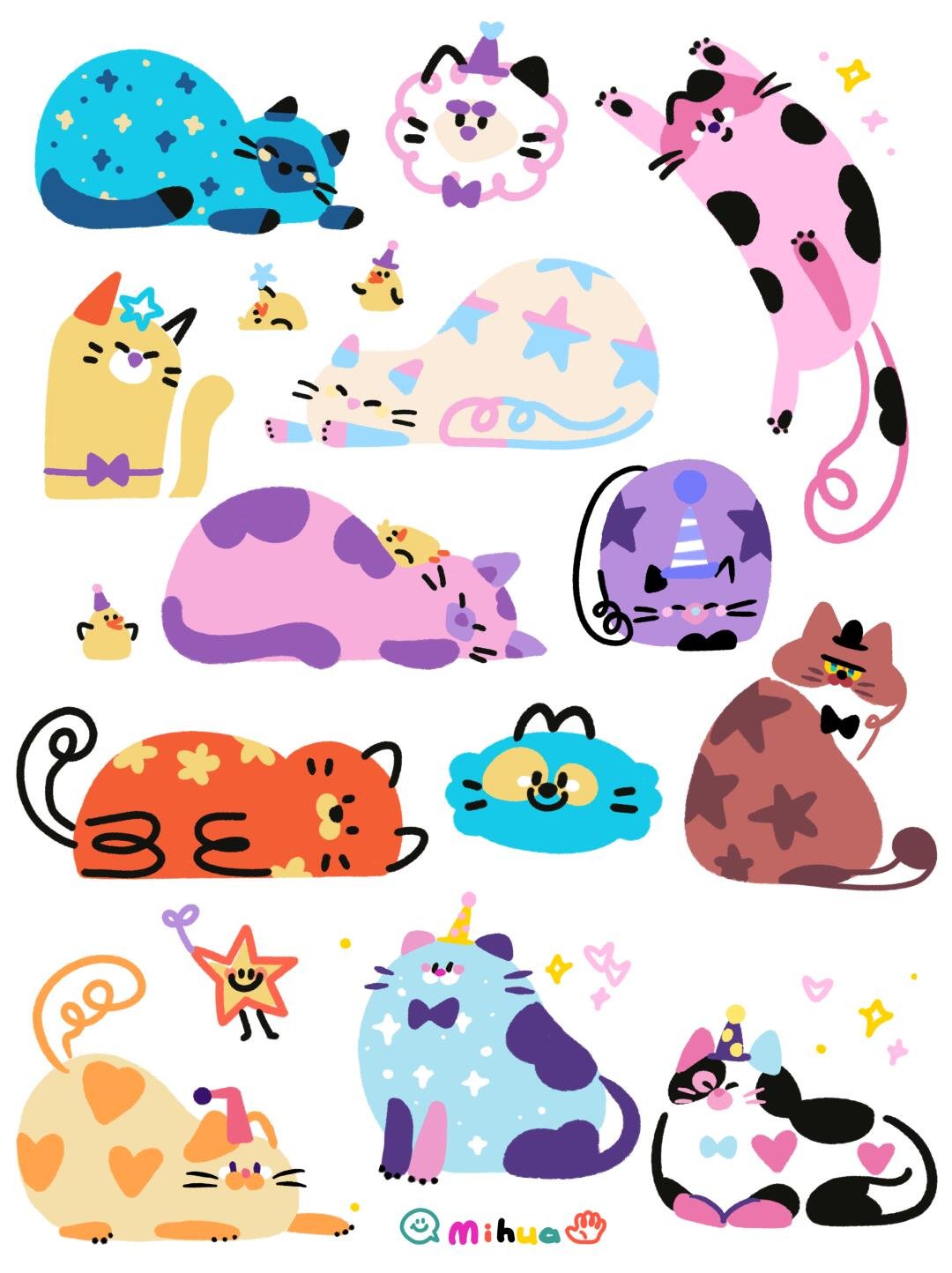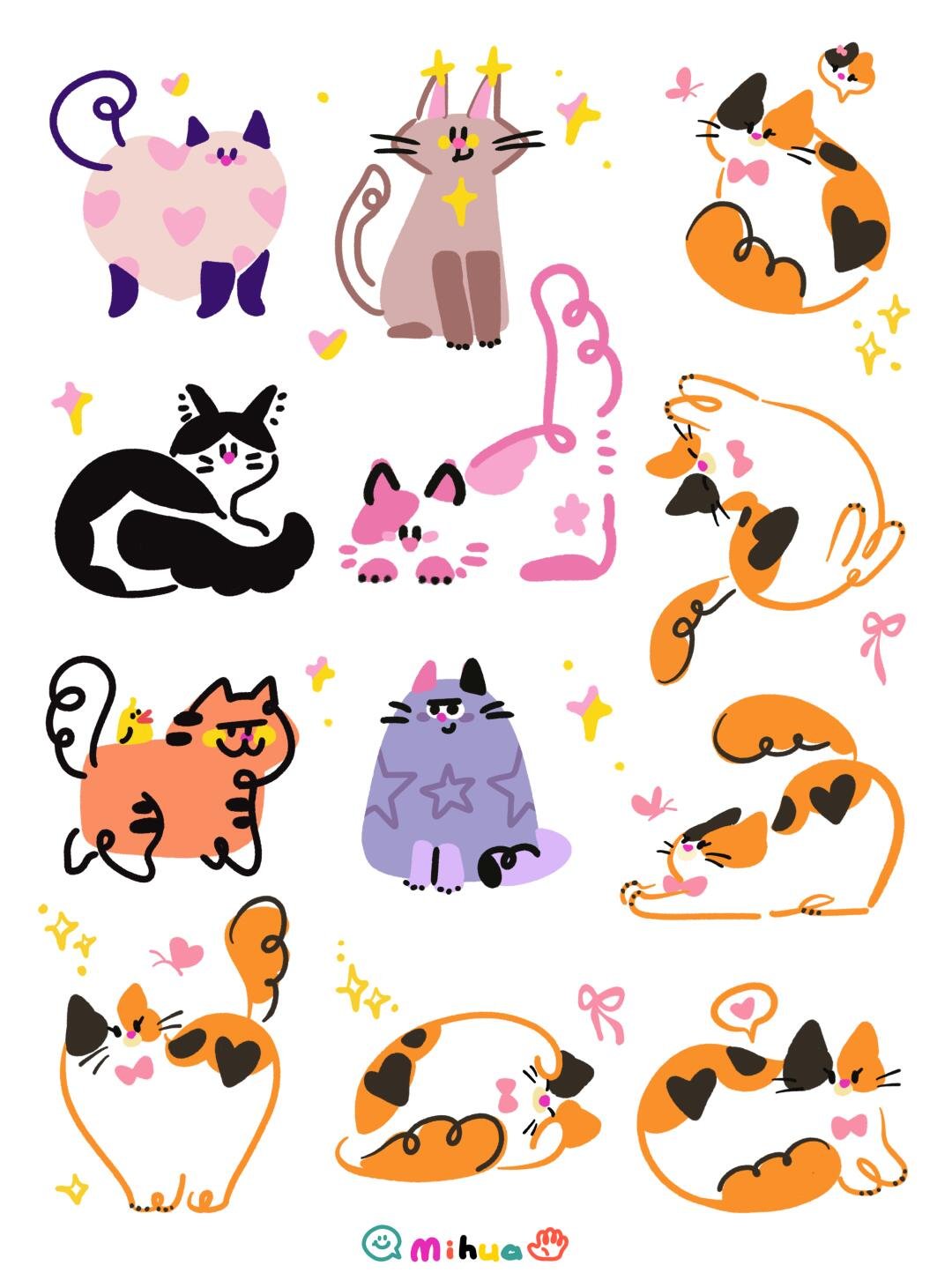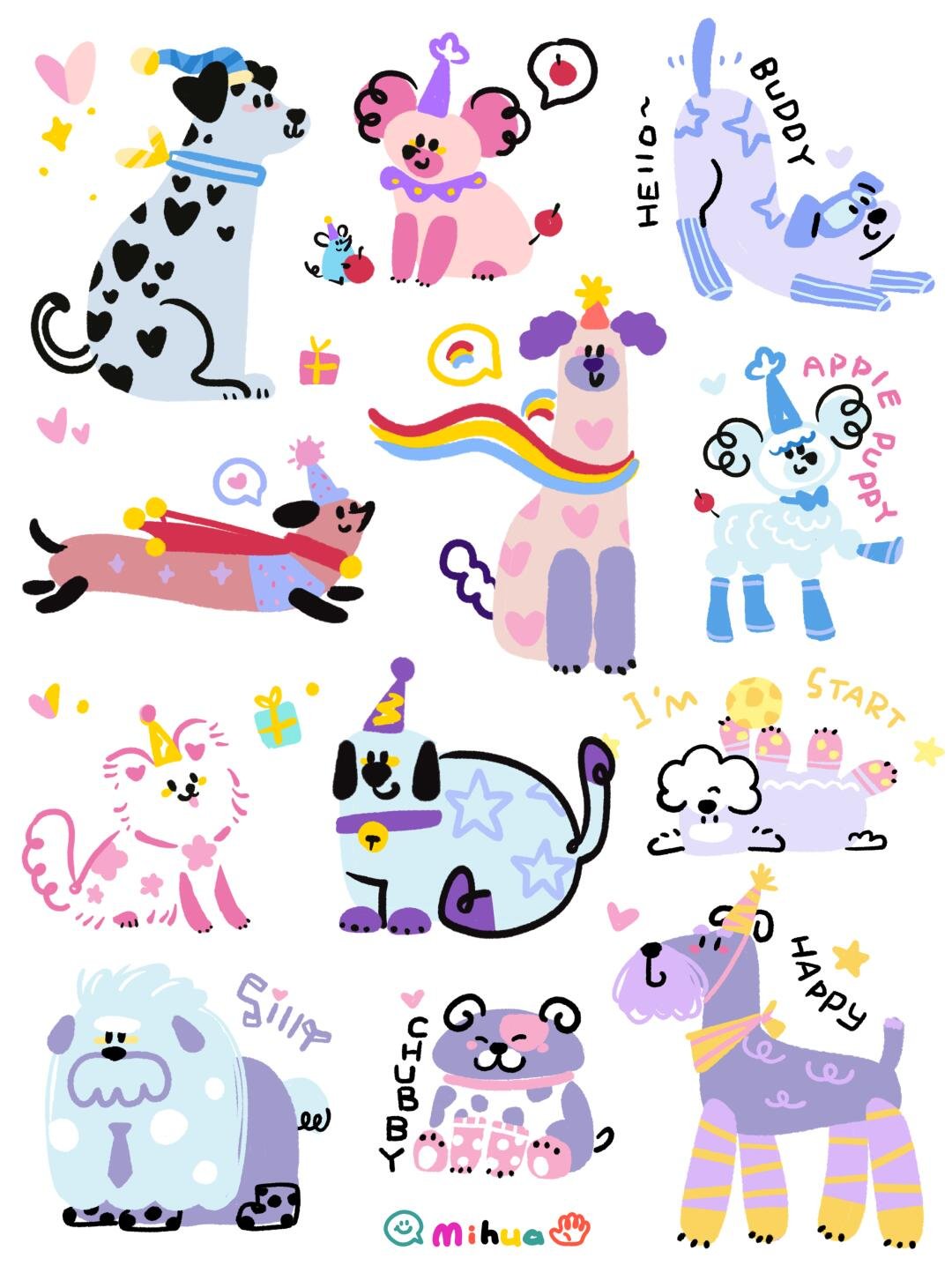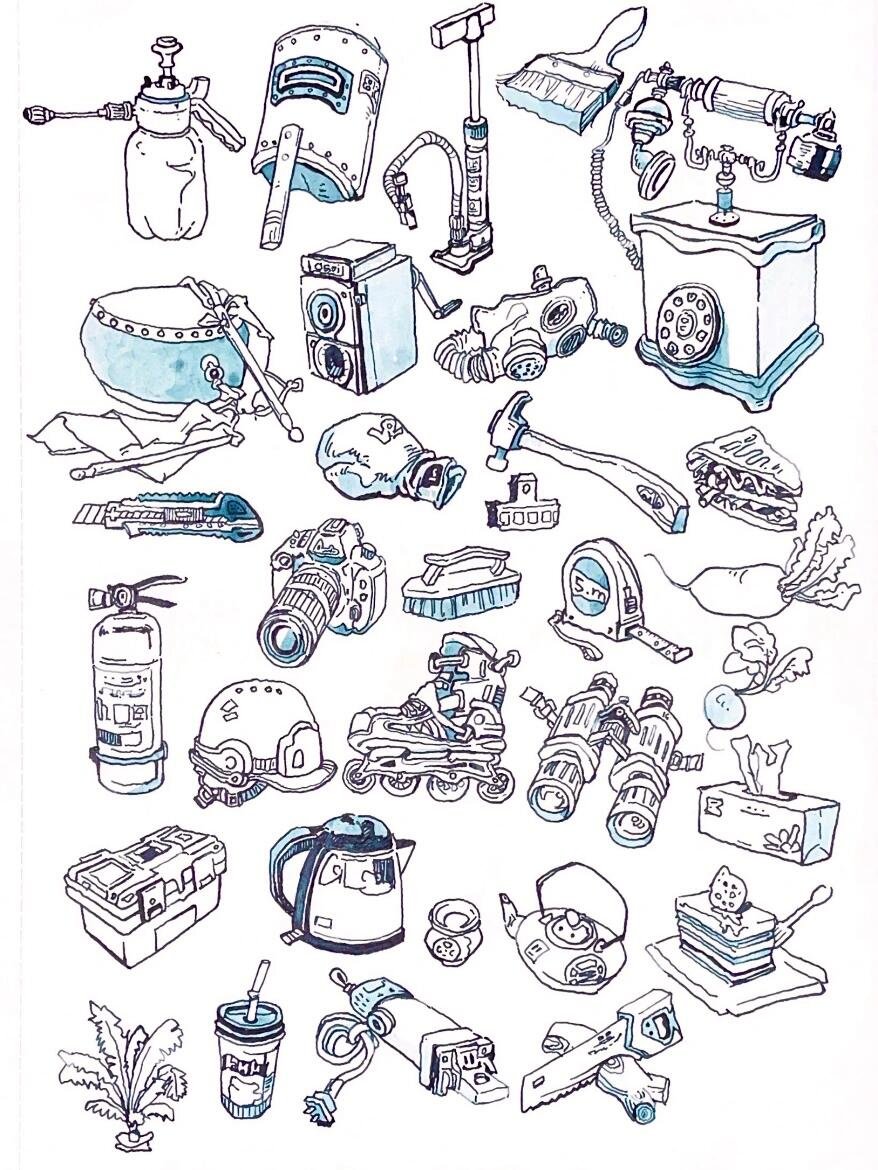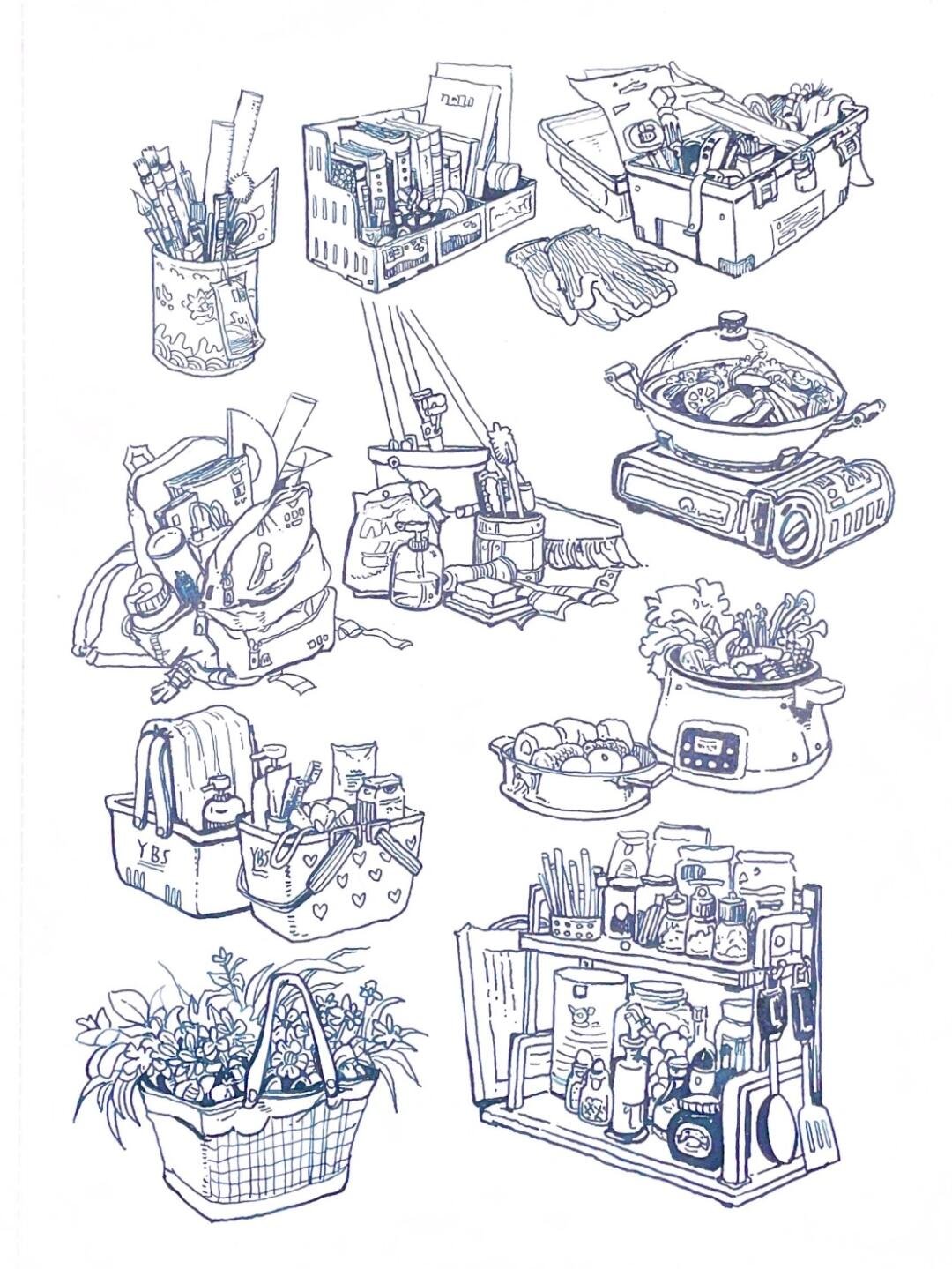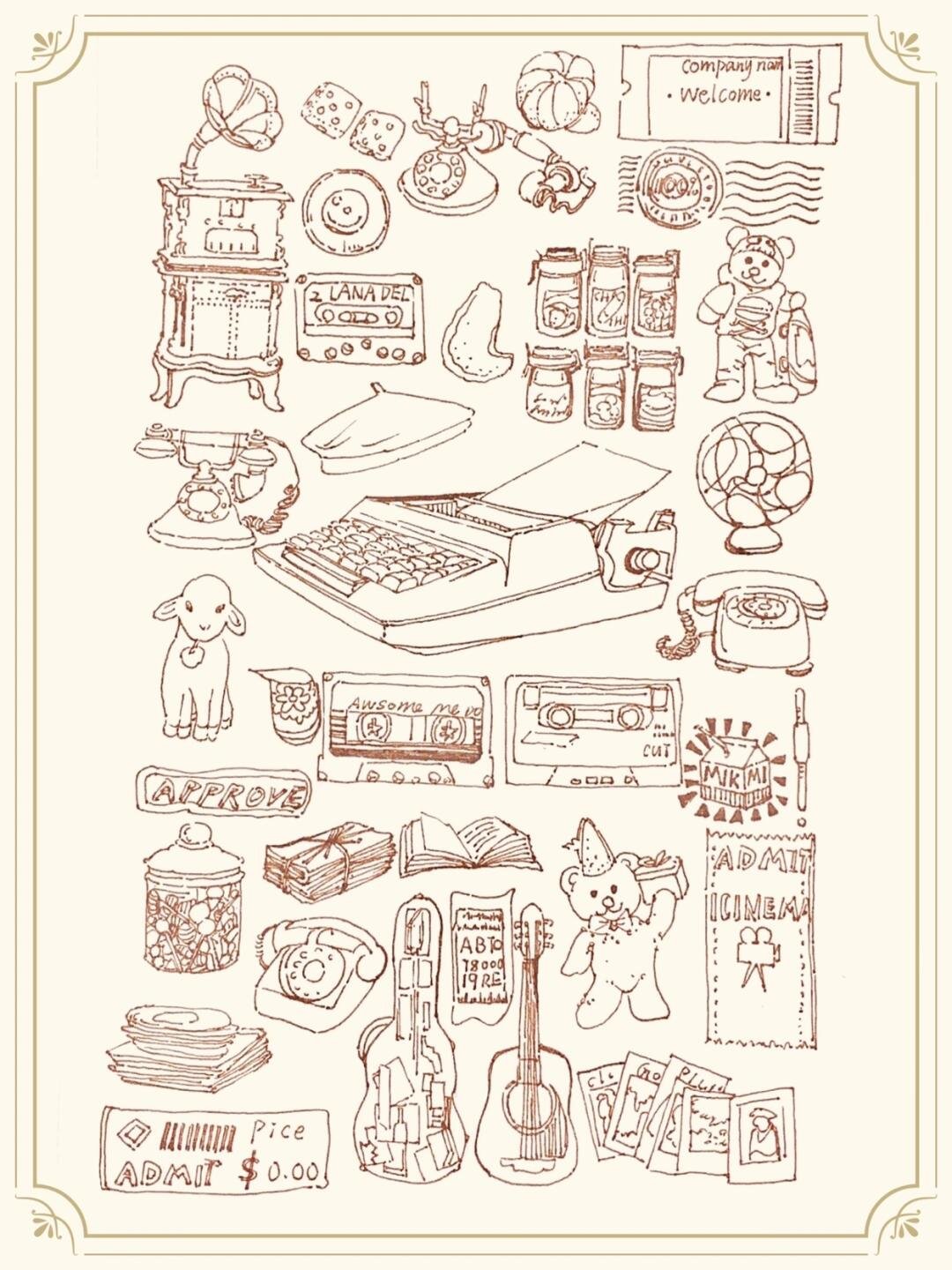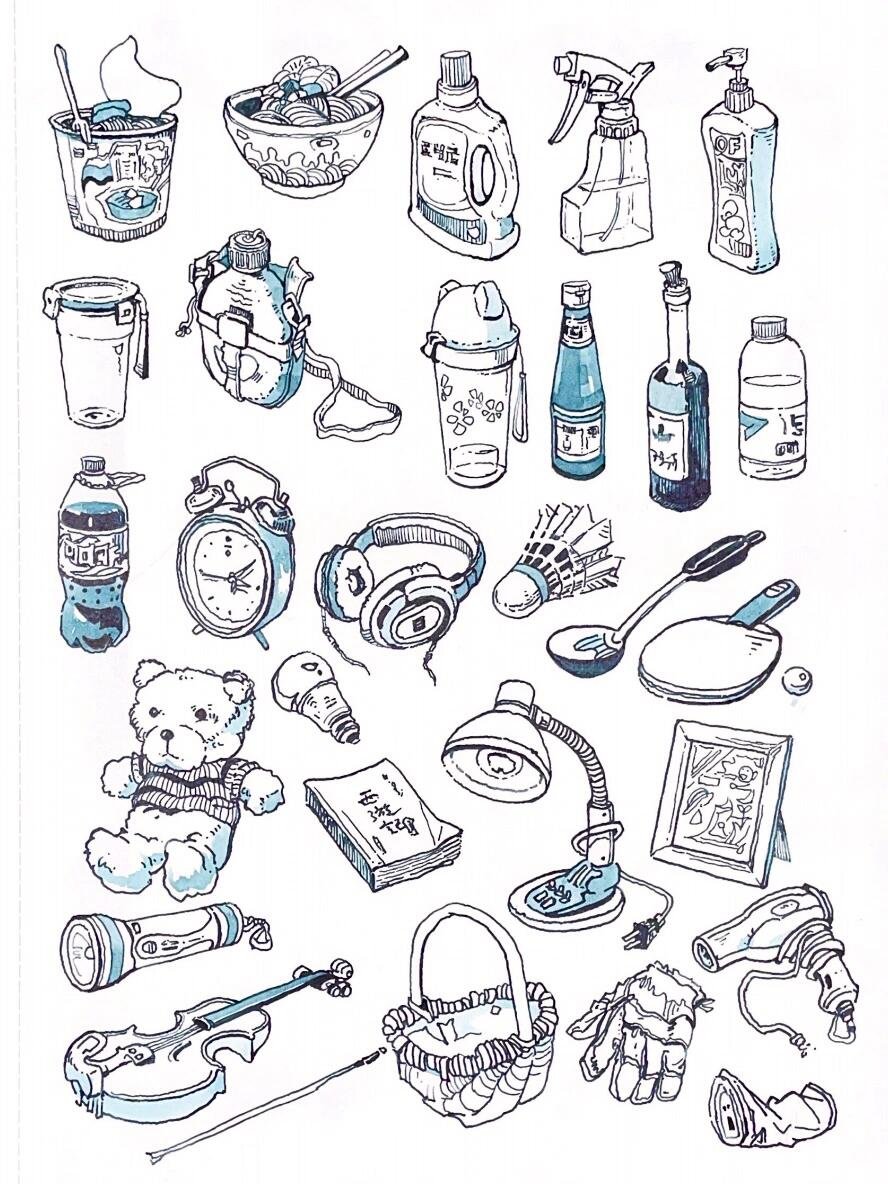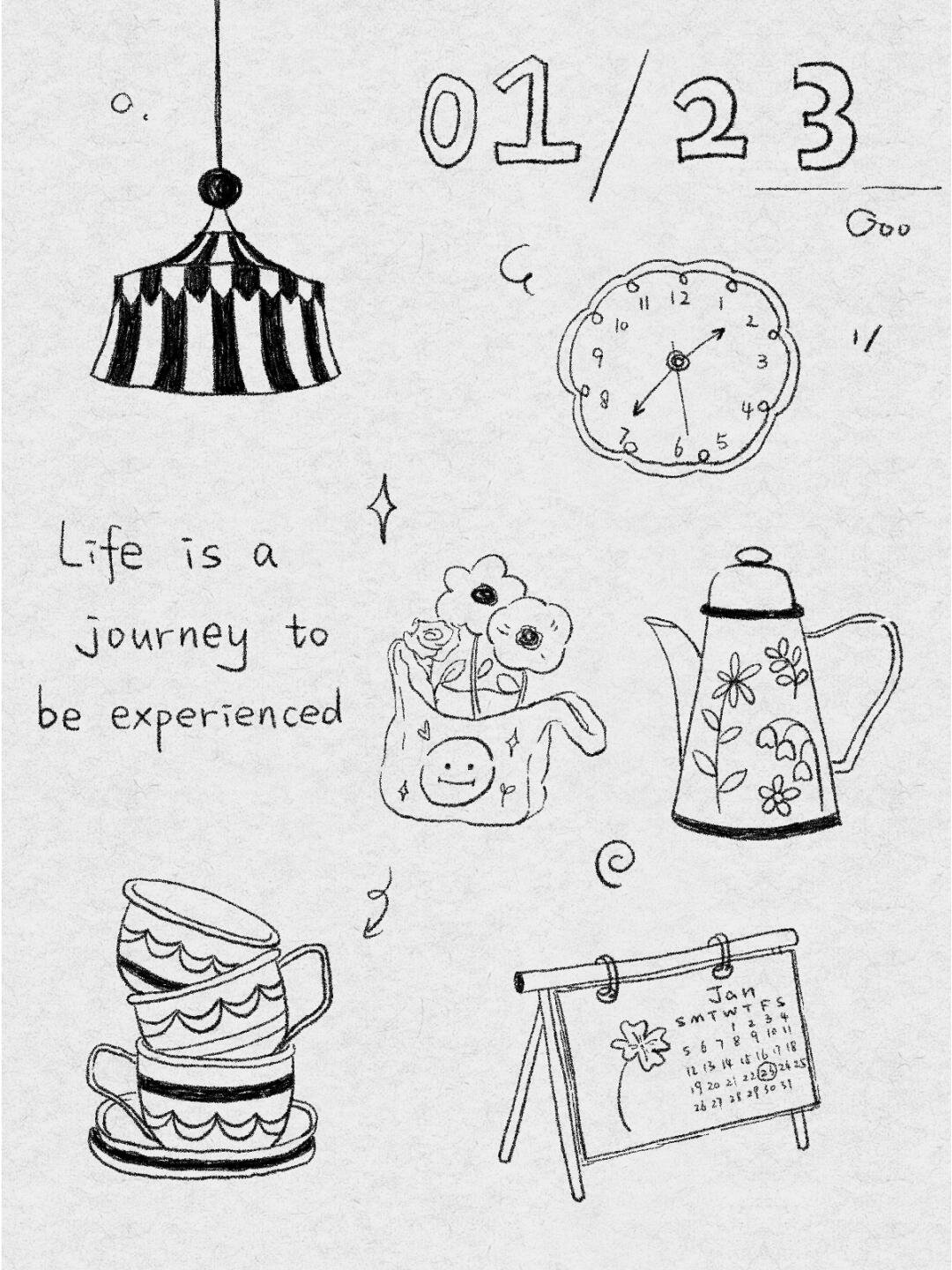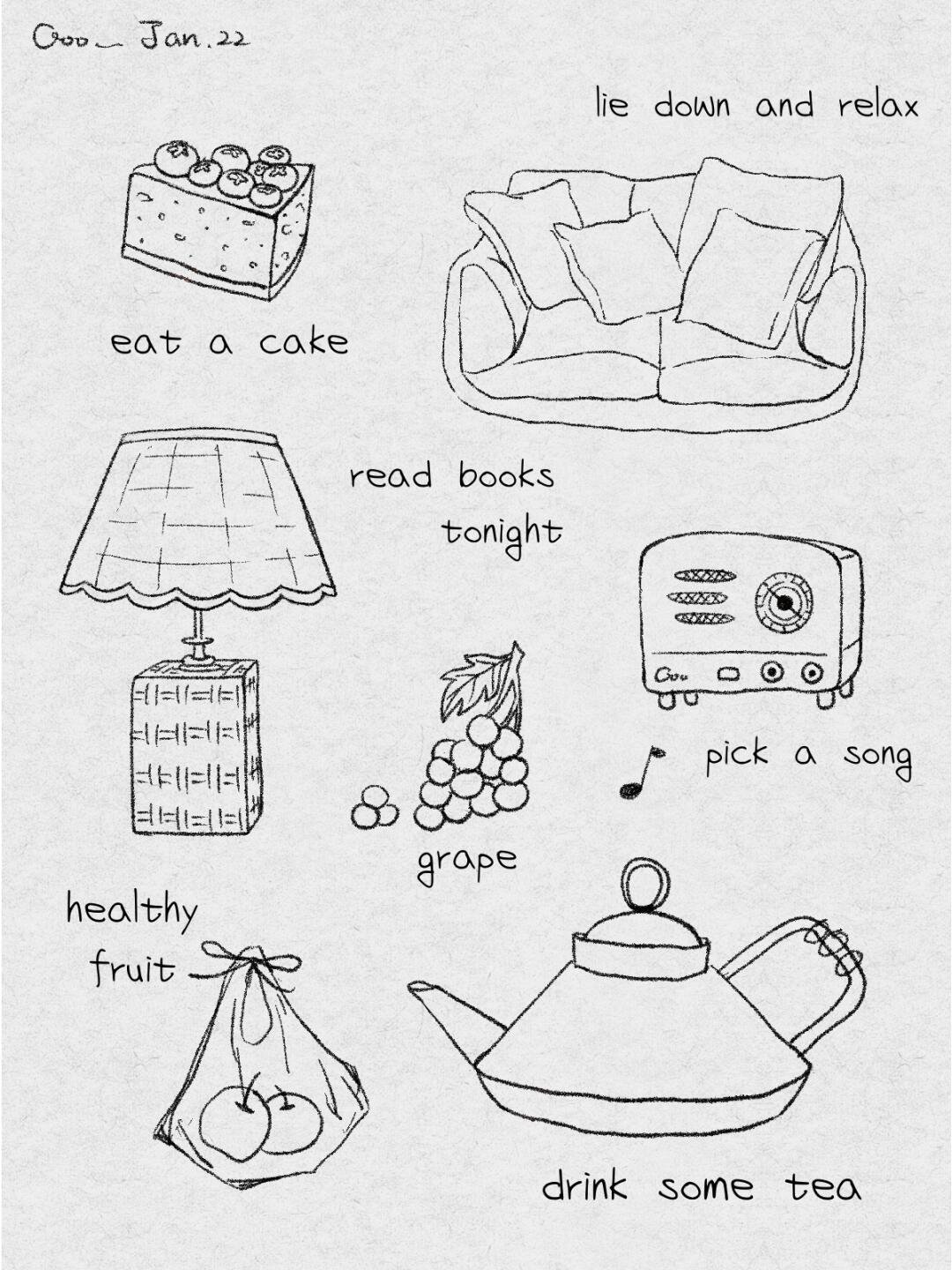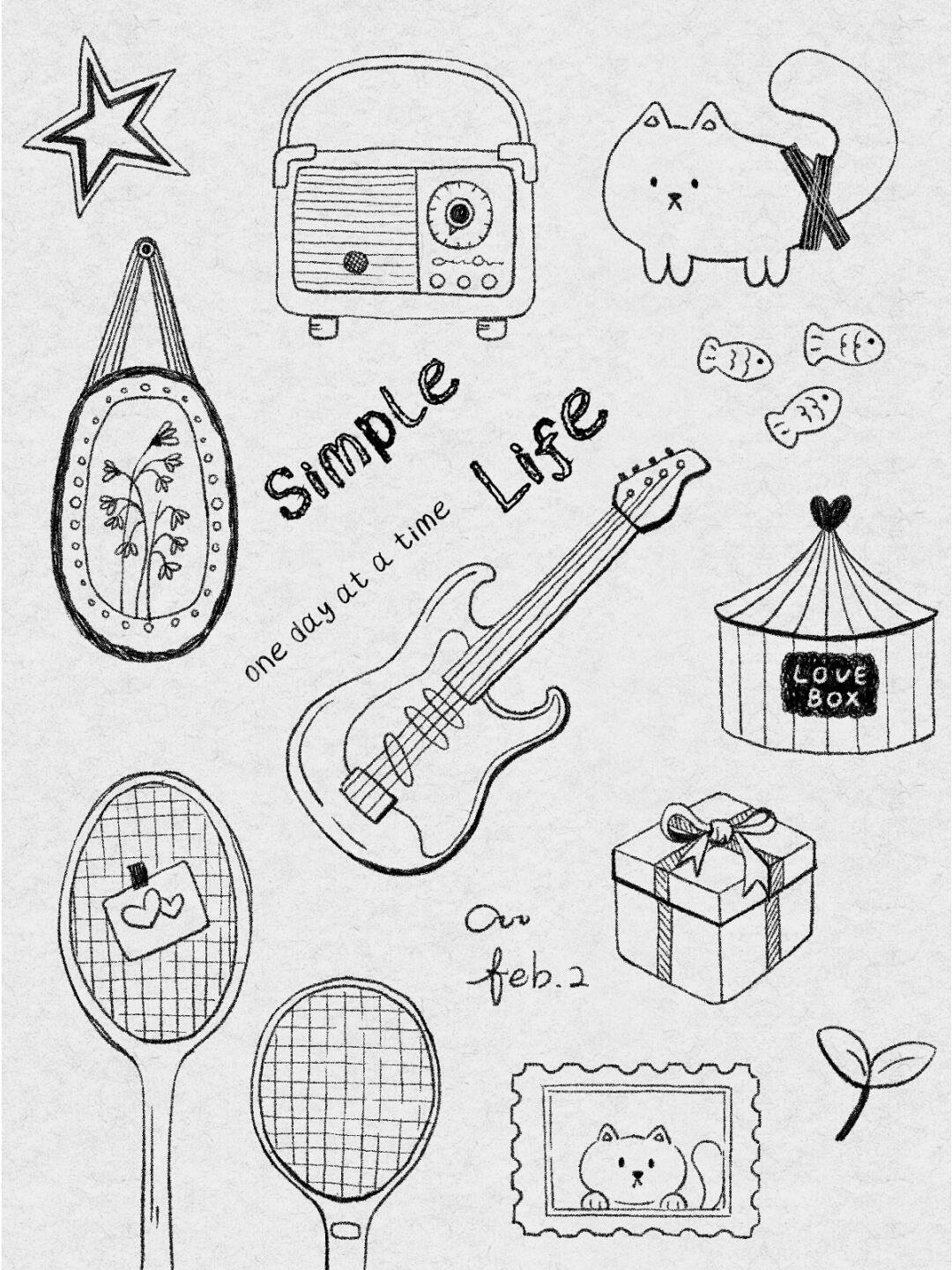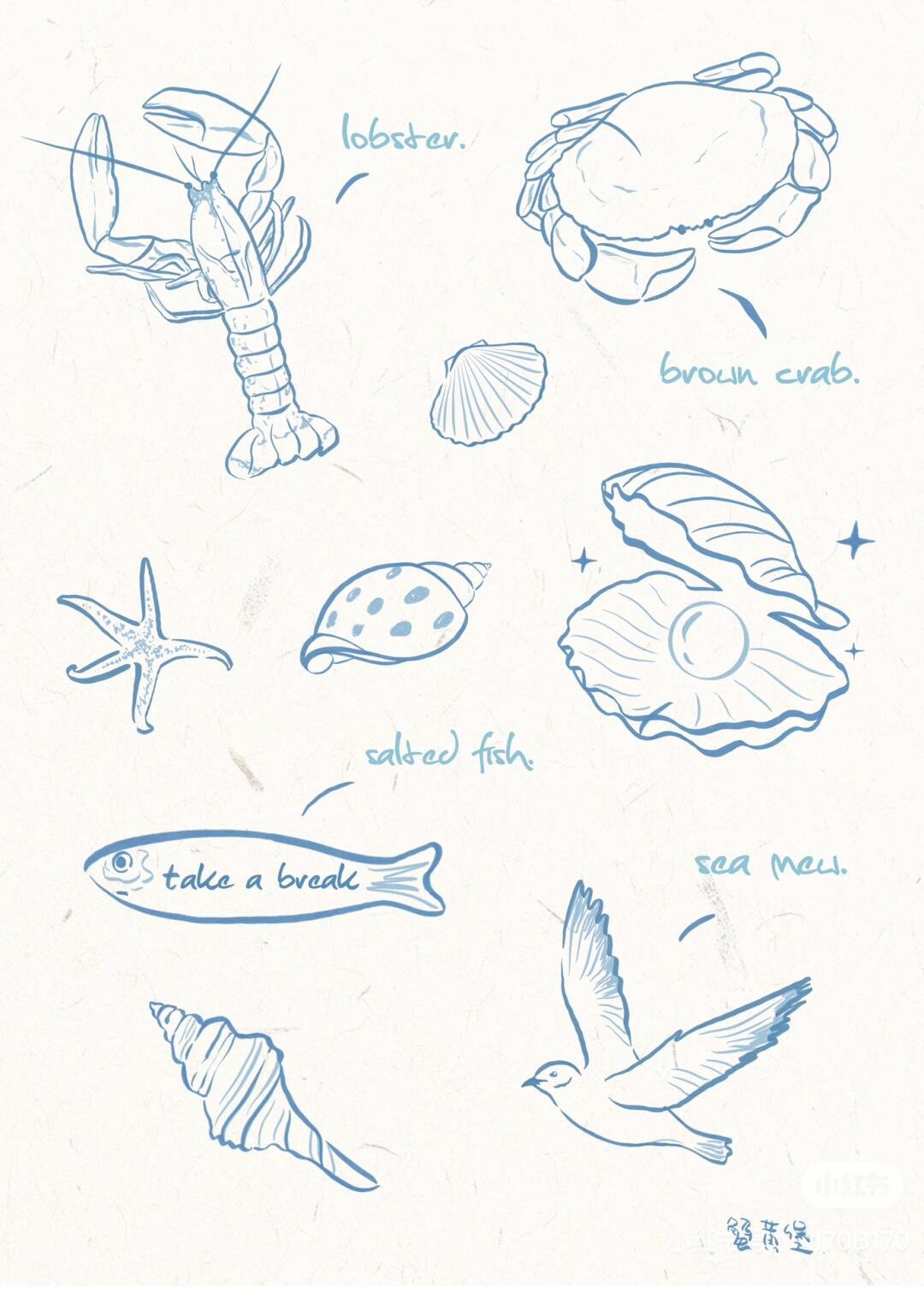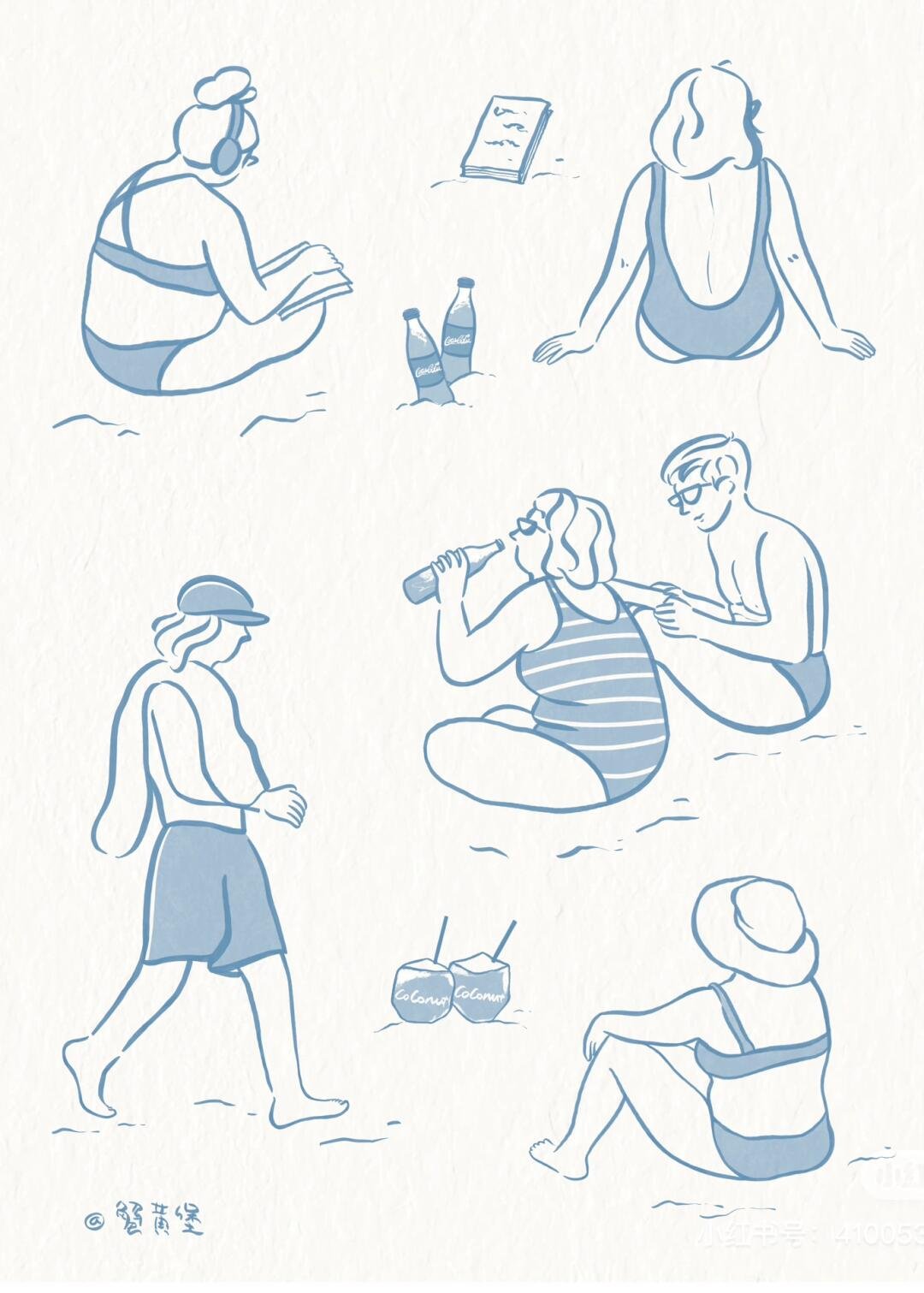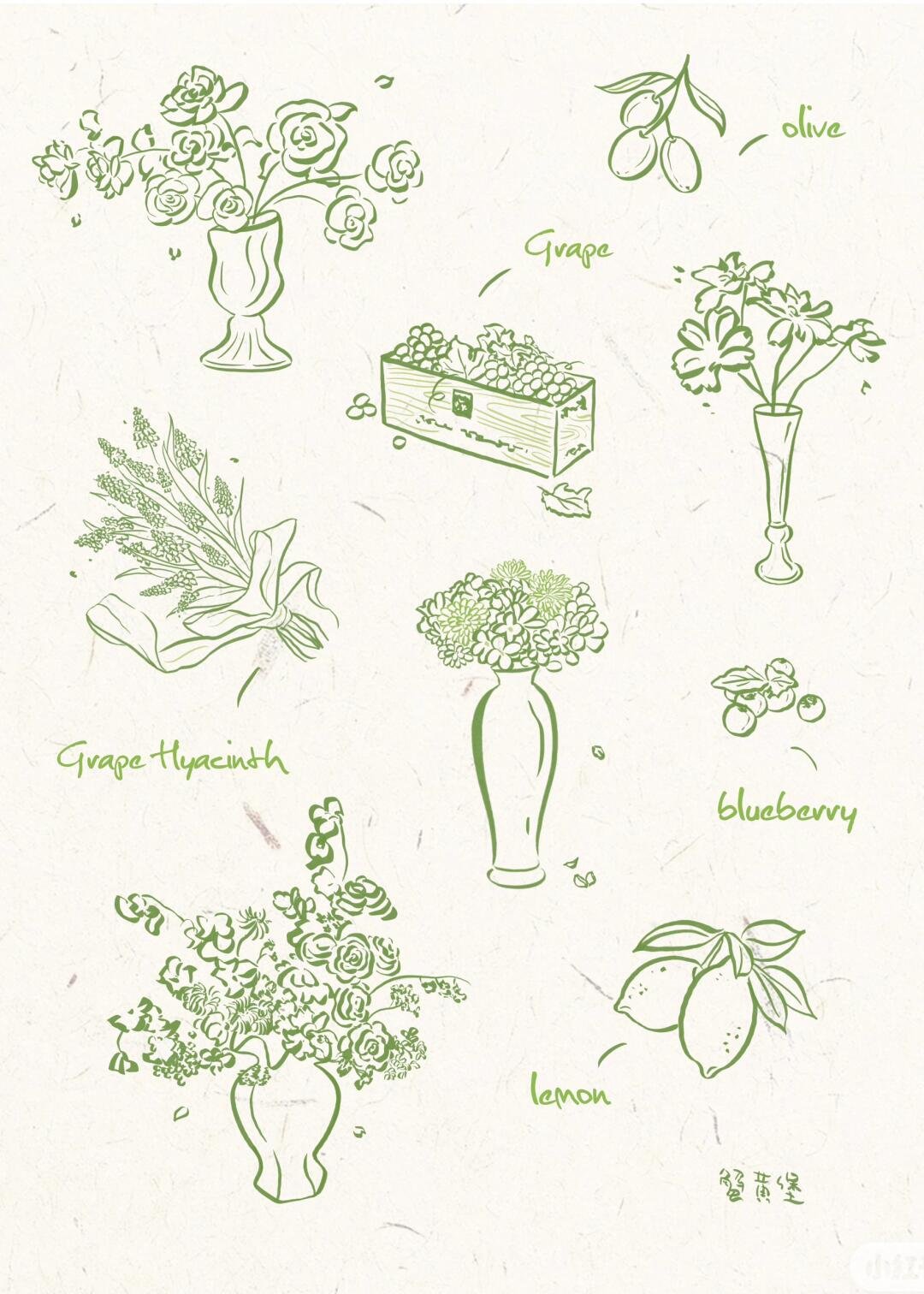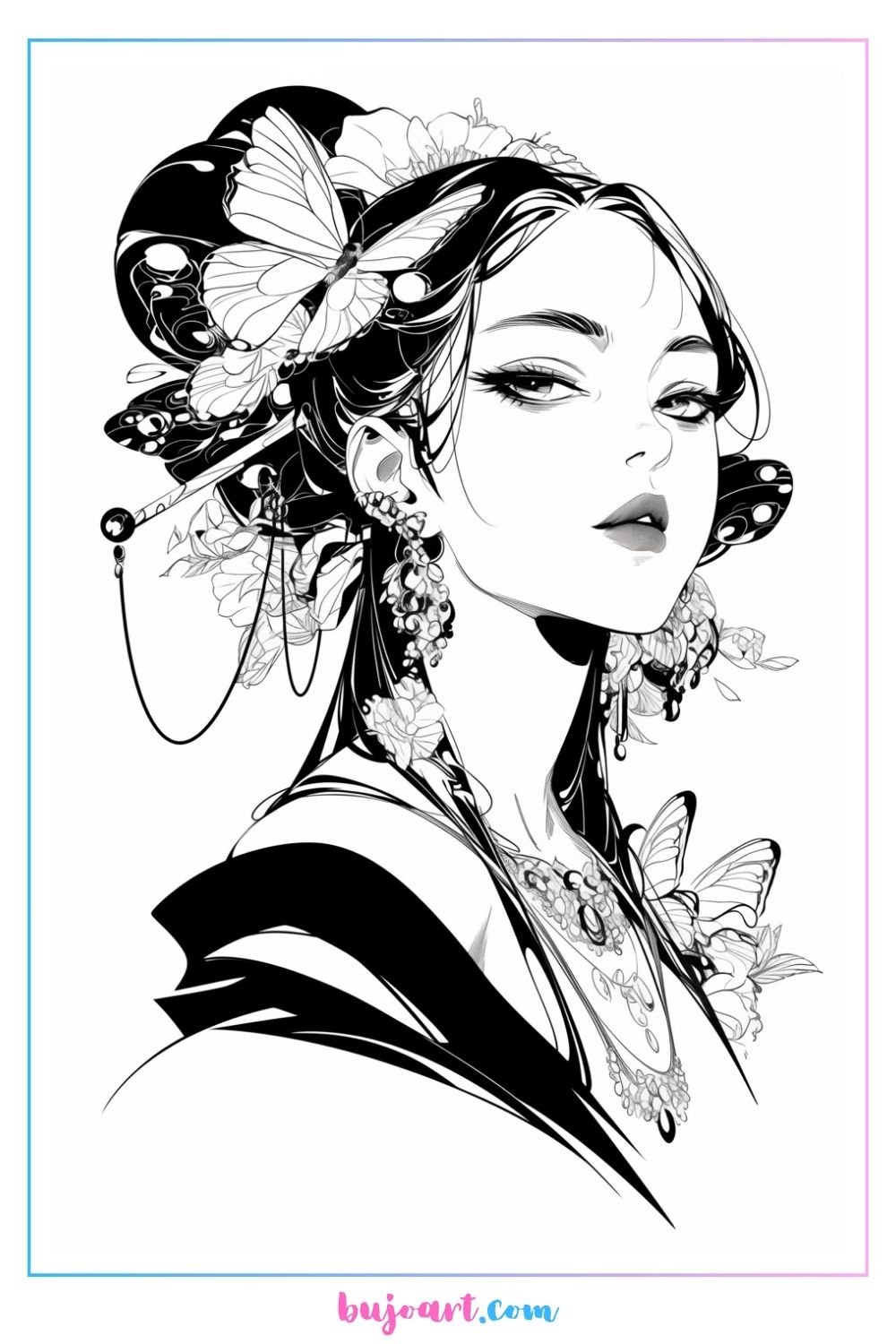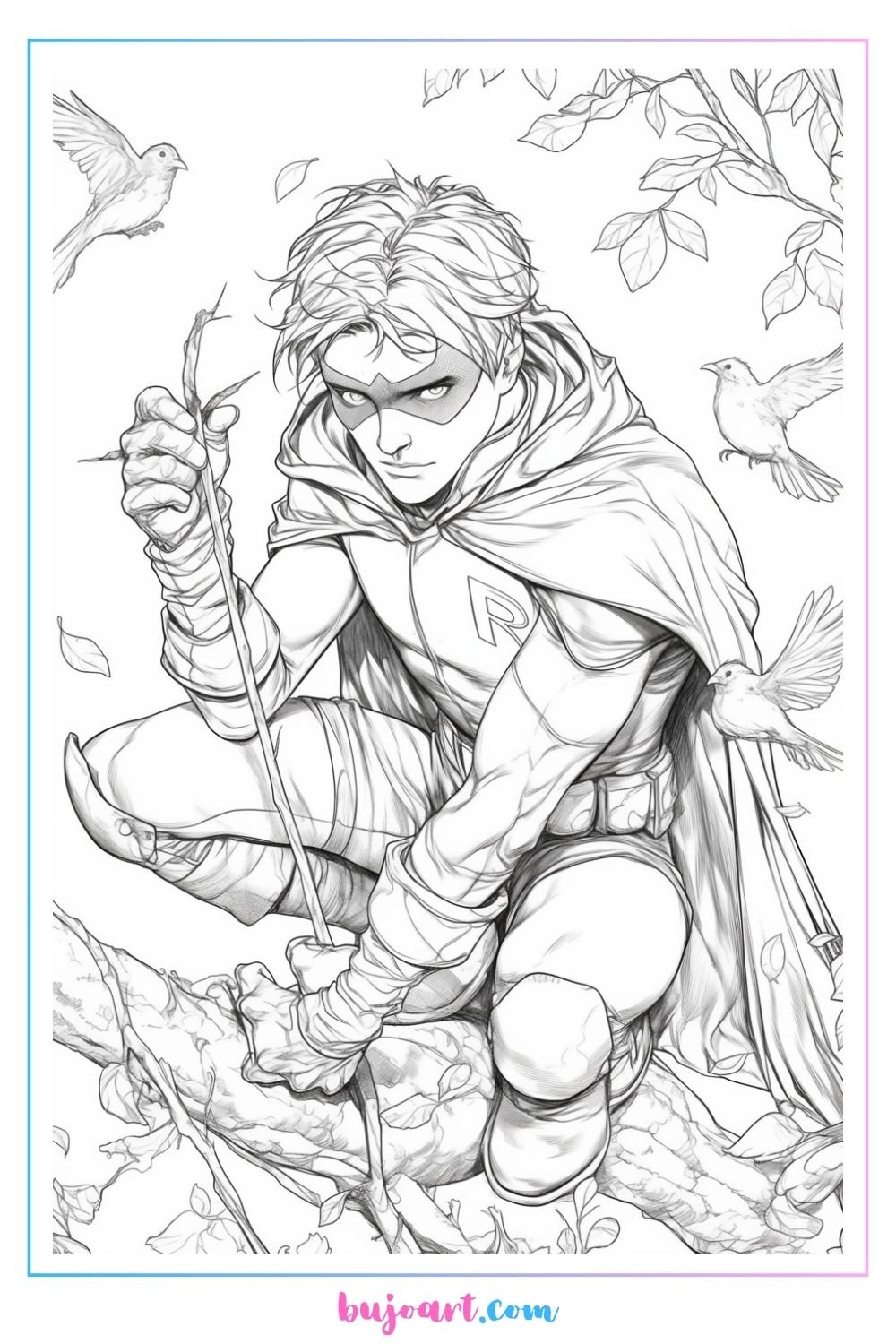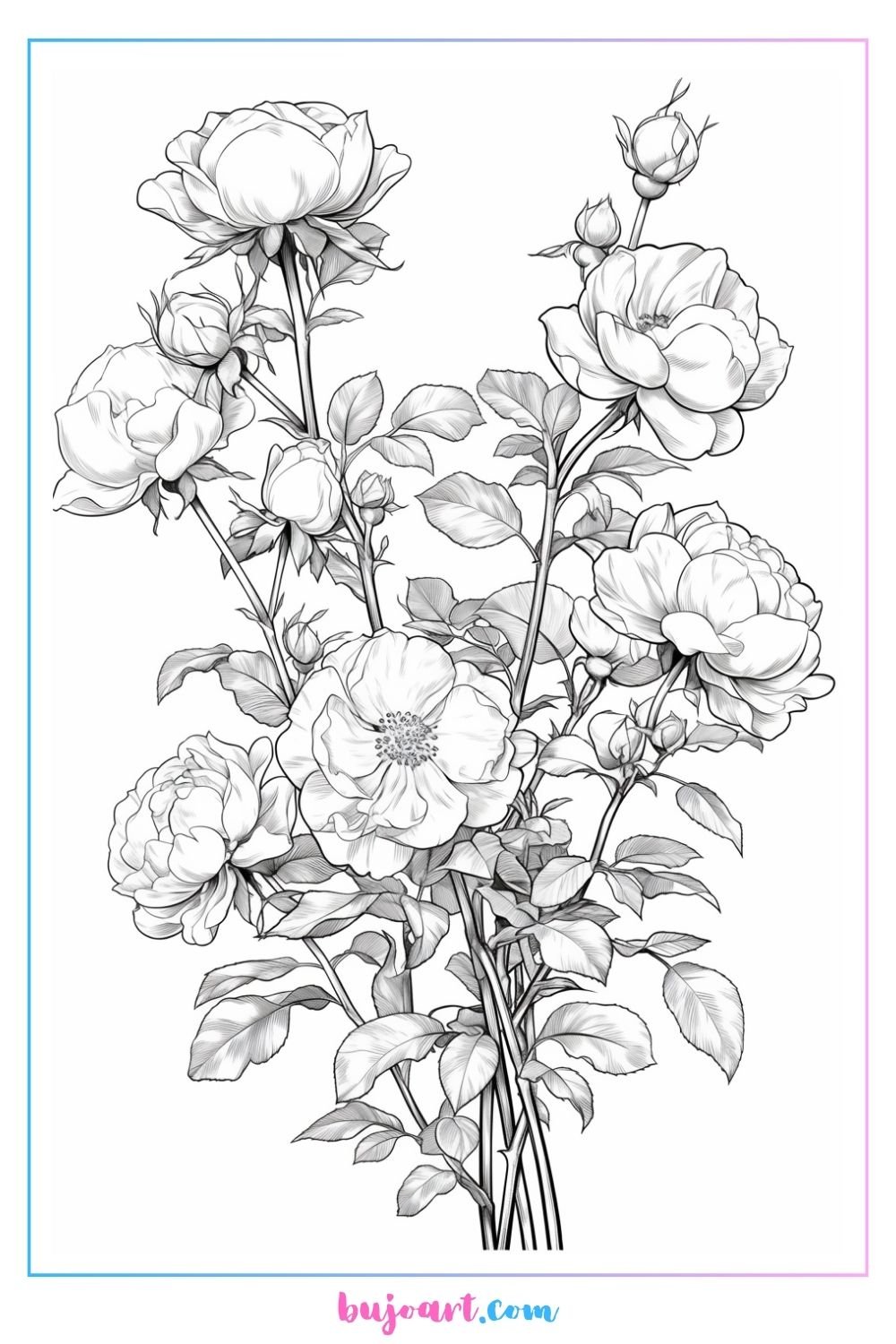Unleashing Your Inner Artist: The Power of Simple Sketches

Art can be an intimidating realm for many, often seen as a territory reserved for the naturally talented. However, the truth is that anyone can cultivate their artistic skills through simple sketches. The journey from doodles to masterpieces begins with the understanding that every artist starts somewhere. Embracing the notion that art is a process rather than an end product can alleviate the pressure to create perfection.
Simple sketches serve as a foundation for creativity, allowing individuals to express their thoughts and feelings without the constraints of complexity. They encourage experimentation and free-form expression, which can lead to unexpected discoveries and innovative ideas. By engaging in easy drawing ideas, one can unlock a wealth of inspiration and develop a unique artistic voice over time.
Moreover, doodling can be a powerful tool for relaxation and mindfulness. Engaging in simple drawing practices allows the mind to wander freely, leading to moments of clarity and insight. It is essential to remember that the act of drawing itself is valuable, not just the outcome. Therefore, allowing oneself to play with different shapes and forms can lead to a deeper appreciation for the art-making process.
Getting Started: Essential Tools for Easy Drawing
Before diving into the world of easy drawing ideas, equipping oneself with the right tools is crucial. Fortunately, one does not need an extensive collection of supplies to begin. A few basic items can set the stage for creativity. Here’s a list of essential tools:
- Sketchbook or Paper: Choosing the right surface can make a difference. A sketchbook with thick, textured paper can withstand various mediums, while loose sheets offer flexibility.
- Pencils: A range of pencils, from hard to soft, allows for different line qualities and shading techniques. Graphite pencils are ideal for sketching, while colored pencils can add vibrancy.
- Eraser: An essential tool for refining sketches and correcting mistakes. A kneaded eraser is particularly versatile for subtle corrections.
- Fine-liners or Pens: For those who enjoy inking their drawings, fine-liners or gel pens can provide precision and boldness to sketches.
- Markers or Watercolors: Adding color can enhance drawings; markers offer saturation while watercolors provide a softer, blended effect.
With these tools in hand, one is ready to explore various easy drawing ideas that can inspire creativity. The key is to start with what feels comfortable and gradually experiment with new techniques and mediums.
Credit: mihua
Credit: 怪兽零水彩
Nature-Inspired Easy Drawing Ideas for Relaxation
Nature serves as an endless source of inspiration for artists. Observing the beauty around them can lead to tranquil and fulfilling drawing experiences. Some easy drawing ideas inspired by nature include:
- Leaves and Flowers: Drawing simple shapes of leaves or petals can be a delightful way to capture the essence of nature. Experimenting with different types can teach about form and structure.
- Landscapes: A sketch of a favorite park or beach can evoke memories and emotions. Focus on capturing the horizon, trees, or mountains, using simple lines to represent depth and distance.
- Animals: Beginners can start with basic shapes to outline animals. For example, drawing a cat can begin with circles for the head and body, gradually adding details.
Engaging in nature-inspired drawing not only enhances artistic skills but also promotes relaxation and mindfulness. Taking a walk with a sketchbook can encourage observing details that might otherwise go unnoticed. This process fosters a deeper connection with the environment and can be profoundly calming.
Everyday Objects as Drawing Inspiration: Finding Art in the Ordinary
Artists often find beauty in the mundane aspects of life. Everyday objects, from a coffee cup to a pair of shoes, can serve as unique subjects for drawing. By shifting focus to these items, one can discover a plethora of easy drawing ideas. Here are some suggestions:
- Kitchen Utensils: A fork, spoon, or knife can be drawn from various angles. This practice helps improve observational skills and understanding of shapes and perspectives.
- Books: Sketching a stack of books or an open one can be an excellent way to practice lines and shadows. The texture of the pages and covers adds an interesting element to the composition.
- Plants: Houseplants or flowers in vases present opportunities to explore different textures and forms. Capturing the intricacies of leaves and petals can be both rewarding and meditative.
Finding art in the ordinary encourages one to observe the world more keenly. By practicing drawing objects that surround them daily, individuals can enhance their skills while also appreciating the beauty in their lives. This approach fosters a mindset that values creativity in all aspects of existence.
Credit: 噢噢岛居民
Credit: 蟹黄堡Sherry
The Art of Doodling: Turning Mindless Scribbles into Masterpieces
Doodling is often dismissed as a trivial activity, yet it holds immense potential for artistic growth. It allows the mind to roam freely, resulting in spontaneous expressions of creativity. Through easy drawing ideas centered around doodling, one can develop a deeper understanding of form and composition.
- Patterns and Textures: One can create intricate patterns using simple shapes like circles, triangles, and lines. Filling a page with these designs can result in visually striking compositions that evoke a sense of calm.
- Character Design: Doodling characters can serve as a warm-up exercise for more detailed illustrations. By starting with basic shapes, individuals can gradually add features and personality, transforming simple sketches into engaging characters.
- Mind Maps: Integrating doodles into brainstorming sessions can enhance creativity. For instance, drawing visual representations of ideas can make the thought process more dynamic and enjoyable.
By embracing doodling, artists can overcome the fear of the blank page. This liberating practice allows for exploration without judgment, paving the way for more complex creations. Thus, doodling can evolve from mere scribbles into works of art that reflect one’s unique style and perspective.
Overcoming Artist’s Block: Drawing Prompts and Challenges
Artist’s block can be a frustrating experience, hindering creativity and motivation. However, employing drawing prompts and challenges can reignite inspiration. Here are some effective strategies to overcome this hurdle:
- Daily Drawing Challenges: Committing to a daily drawing challenge encourages consistency and discipline. Participants can choose themes or specific prompts, such as “draw an object from your kitchen” or “create a character based on your favorite animal.”
- Collaborative Drawing: Engaging in collaborative projects with friends or fellow artists can introduce new ideas and perspectives. Each person can contribute to a shared drawing, fostering camaraderie and sparking creativity.
- Random Word Prompts: Selecting random words from a list can serve as a source of inspiration. For instance, the word “ocean” might lead to a drawing of waves, sea creatures, or beach scenes.
By incorporating these strategies into their routine, artists can cultivate a habit of creativity that transcends moments of doubt. Drawing prompts and challenges not only stimulate imagination but also provide a sense of accomplishment in completing a piece, regardless of its complexity.
Conclusion: Embracing the Journey from Doodles to Masterpieces
The journey from doodles to masterpieces is a transformative process that fosters growth and self-expression. Embracing easy drawing ideas allows individuals to explore their creativity without the pressure of perfection. By starting with simple sketches, one can gradually build skills and confidence, ultimately leading to more elaborate creations.
It is essential to remember that every artist has their unique path. The key is to enjoy the process, celebrate small successes, and continue experimenting with different techniques and styles. As one nurtures their artistic abilities, they will find their voice and develop a style that resonates with them.
In conclusion, whether through nature, everyday objects, or whimsical doodles, there is an abundance of inspiration waiting to be discovered. Each stroke of the pencil contributes to the overall journey of artistry. So, pick up a sketchbook and start drawing—there are no limits to what one can create.
Encourage readers to share their easy drawing ideas or their progress on social media, using a specific hashtag related to the article.

